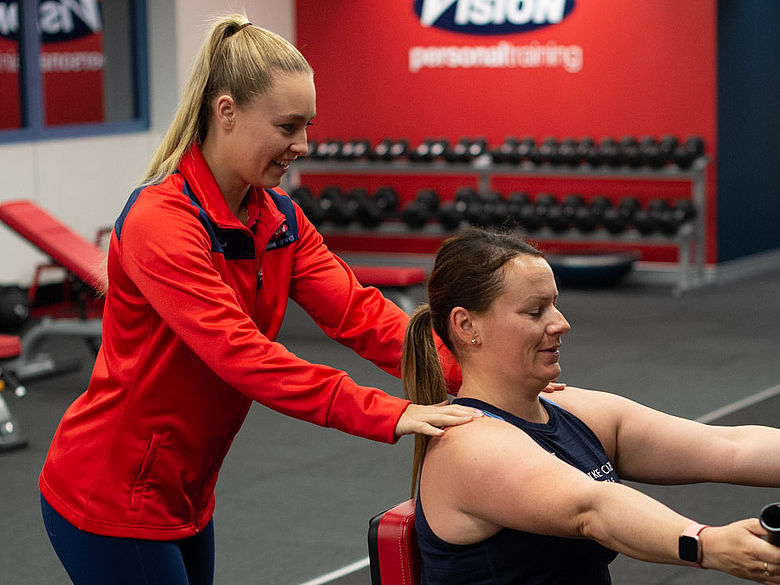Ever since I was a teenager I have always been passionate about lifting weights. This passion began one night when I went downstairs at home and saw my Dad doing exercises with dumbbells. I asked him if I could join in and have never looked back. Now 26 years old with an honours degree in exercise science I have devoted a large part of my life to this passion of strength training. Through my studies I have learned how to get the best out of myself in my sessions and the right ways to exercise my body, however, I do understand that many people may not understand how to actually structure and execute a strength-training program outside of what your personal trainer provides you. This is why I am writing this three-part guide to navigating and understanding the world of resistance and strength training.
In Part One we will discuss training frequency, the importance of the actual exercises chosen for your program and repetitions. Part Two will further discuss programming elements like rest, sets and intensity and Part Three will have some FAQs of strength training. Enjoy!
Frequency:
In order to give your muscles and body enough time to recover from a resistance training session, you do not want to train the same muscle groups two days in a row. This can overstress the muscles and actually have a catabolic (negative) effect on your muscle growth. Not to mention that if you are working under fatigue your form is likely to be compromised, leading to potential injury. Wait 1-2 days between your resistance training sessions to maximise the results from your resistance training program.
Exercises:
Always focus on including compound exercises (exercises that include more than one muscle group). Performing compound movements has many benefits. Compound exercises require you to use more muscles, which in turn requires higher energy expenditure which leads to more body fat loss (leading to the toned look many people are chasing)! The greater amount of muscle mass you are using during a resistance training session, the greater the amount of anabolic (growth) hormones will be released during and after your workout, which increases the potential for muscle growth. A great guide to if you are performing a compound exercise is to think of the number of joints being used in the movement. If only one joint is being used, then you are performing an isolation exercise (ie a bicep curl where only the elbow is being used), if more than one joint is being used, you are performing a compound exercise (ie a squat where your hip, knee and ankle joints are being used).
Number of repetitions:
One of the processes of designing a resistance training program that I see commonly done incorrectly is the number of repetitions (reps) in a set. The number of reps in a set will be different depending on your goal. Have you ever been to a gym and seen someone pumping out 25 reps of an exercise and they wonder why they are not getting stronger? Conversely, have you ever seen someone struggling to push out 6 reps and wonder why they haven't gained muscle? I will explain the importance of the number of repetitions per set below in relation to the goal.
- Muscular strength: Muscular strength is the amount of force that you can exert on an object in one maximal effort. In order to increase strength, you need to be working in a rep range of 1-6 reps per set.
- Muscle Hypertrophy/Growth: This is the rep range you will most likely be working in with your personal trainer. For muscle growth, we want to keep the muscles under tension for longer so we work in a rep range between 8-12 reps
- Muscular endurance: Muscular endurance is the ability of a muscle to repeatedly exert force against resistance. To increase muscular endurance, you need to be working at a rep range between 15-25
It is important to note that at the very beginning of starting a resistance training program there are likely to be quite large improvements in strength regardless of the rep range you are working in due to the body being required to adapt to the new forces being placed upon it. However, due to the changes in strength being neuromuscular changes (changes to your nervous system) it is unlikely that you will visually see the effects of these results until you have been training for approximately 6-8 weeks.
Stay tuned for Part Two!
*Disclaimer: Individual results vary based on agreed goals. Click here for details.

